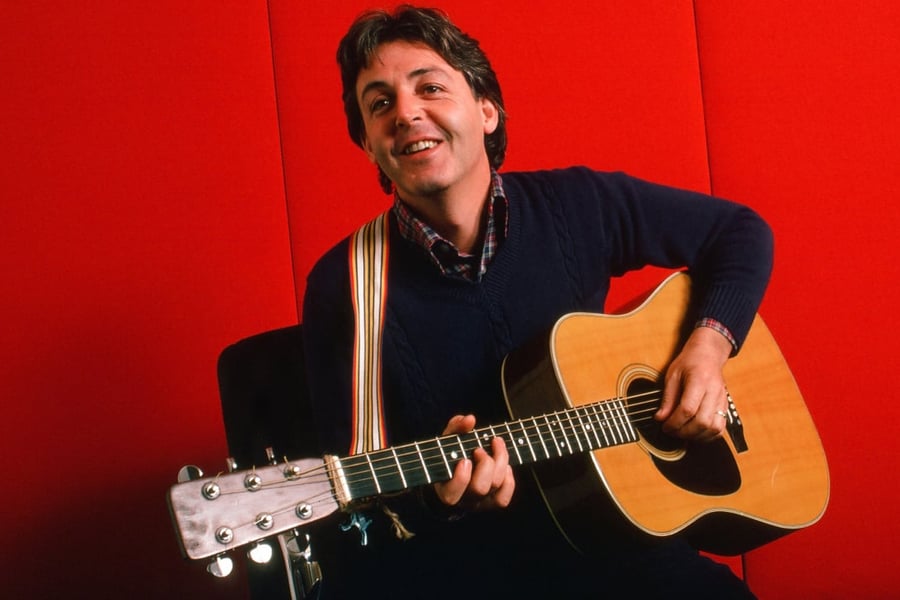Paul McCartney’s 40 Greatest Solo Songs
The definitive guide to his post-Beatles best – chart smashes, psychedelic curiosities, punk, folk, disco, and plenty of silly love songs

Robert R. McElroy/Getty
“I’m proud of the Beatle thing,” Paul McCartney told Rolling Stone in 1978. “It was great, and I can go along with all the people you meet on the street who say you gave so much happiness to so many people. I don’t think that’s corny.” Even though it was Paul’s 1970 solo debut that marked the end of the Beatles, it was Paul’s post-Beatle career that was truest to the band’s world-hugging, happiness-spreading vision, as he channeled his own changing inspirations and desires into beloved hits like “Maybe I’m Amazed,” “Jet” and “Band on the Run,” as well as genius obscurities like “Monkberry Moon Delight.” Our ranking of his 40 greatest solo songs is sure to start some arguments (his banned stoner-anthem rocker “Hi, Hi, Hi” makes the top 10 and his radio-dominating global smash “My Love” isn’t here at all), and the picks run from pop to folk to punk and disco and beyond, as well as a few silly love songs — some of the greatest of all time, in fact.
[Editor’s Note: A version of this list was originally published in September 2017]
From Rolling Stone US










































































